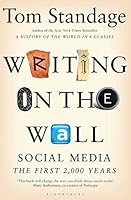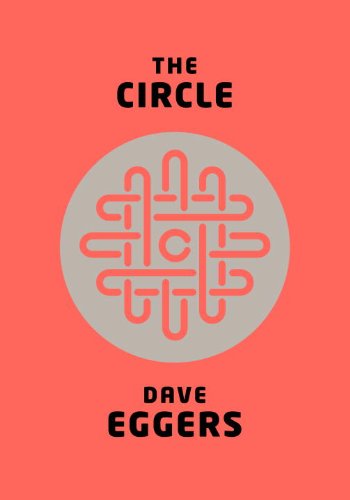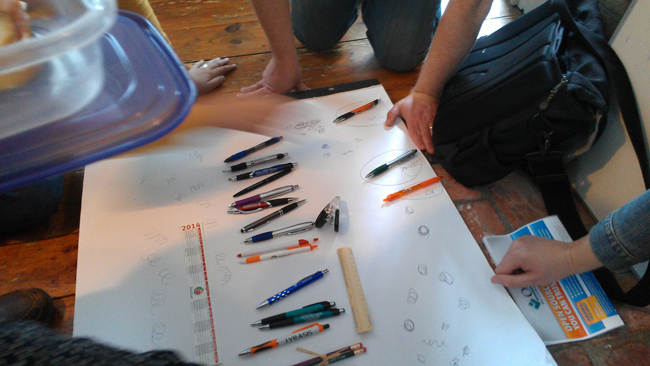 Some excerpts from our interview with Tom Standage, which appeared in October’s State of the Thing.
Some excerpts from our interview with Tom Standage, which appeared in October’s State of the Thing.
Tom is the digital editor of The Economist and the author of several works of popular history, including A History of the World in 6 Glasses and The Victorian Internet. Tom’s new book is Writing on the Wall, a history of social media, published this month by Bloomsbury.
Give us the nutshell version of Writing on the Wall, if you would, for those who haven’t yet had a chance to read it.
The basic idea is that social-media environments have existed for centuries, and don’t require digital technology to operate. I describe examples of the use of social media (essentially, media you get from other people) going back to Roman times. It turns out that these ancient social-media systems provoked many of the same arguments and questions that we have about social media today. So history can provide some valuable lessons.
How were the “social media environments” of earlier periods similar to those we’re familiar with today? How were they different?
They were similar in the sense that they were decentralized and created discussion or community as people passed stuff to each other, copied it, recommended it, and commented on it. This was done by distributing letters, pamphlets, poems on slips of paper, and so on. People collectively decided what was important and worth passing on, and what you passed on was also a means of self-expression. Centralized media only emerged in the 19th century with mass-circulation newspapers, followed later by radio and television. So today’s social-media environment is, in many ways, a return to the way things used to be. That said, the main difference is that digital social media is global, instant, and searchable. So the analogy is not perfect. But it is close enough to be interesting and informative.
 What was the most surprising thing you learned as you researched for Writing on the Wall?
What was the most surprising thing you learned as you researched for Writing on the Wall?
Probably the most remarkable thing I came across was the Roman wax tablet that looks exactly like an iPad—the size and proportions are the same. It was used as a notebook, to jot down thoughts before committing them to papyrus. There’s one in the Roman museum in Cologne, Germany, and I have a picture of it in my book. It’s a great example of what I try to do in my books, which is to see the past in the present, and the present in the past.
You include in the book a number of examples of criticisms of previous social media environments that bear very strong resemblances to criticisms we hear today. Do you have a couple of favorite examples of these?
My favorite example is the way coffeehouses were criticized in the late 1600s. They were the media-sharing platforms of their day, where people went to read and discuss the latest news and gossip. Critics thought this was just wasting time, and that coffeehouses were “enemies to diligence and industry”. But they turned out to be crucibles of innovation that spawned advances in science and commerce.
For more on Tom’s work, thoughts on social media, and recent favorite reads, check out our full interview.
 Happy Halloween, everyone! I promise only treats, and no tricks today. As One LibraryThing, One Book continues to grow, I’m already halfway through the book, and we’ve got some great discussions going.
Happy Halloween, everyone! I promise only treats, and no tricks today. As One LibraryThing, One Book continues to grow, I’m already halfway through the book, and we’ve got some great discussions going.

 Thanks to Marvin Getman, who produces the show every year, LibraryThing members can attend the
Thanks to Marvin Getman, who produces the show every year, LibraryThing members can attend the 






